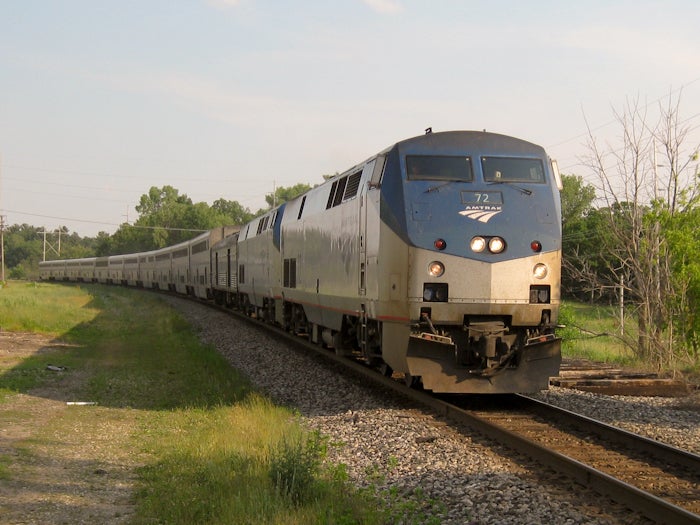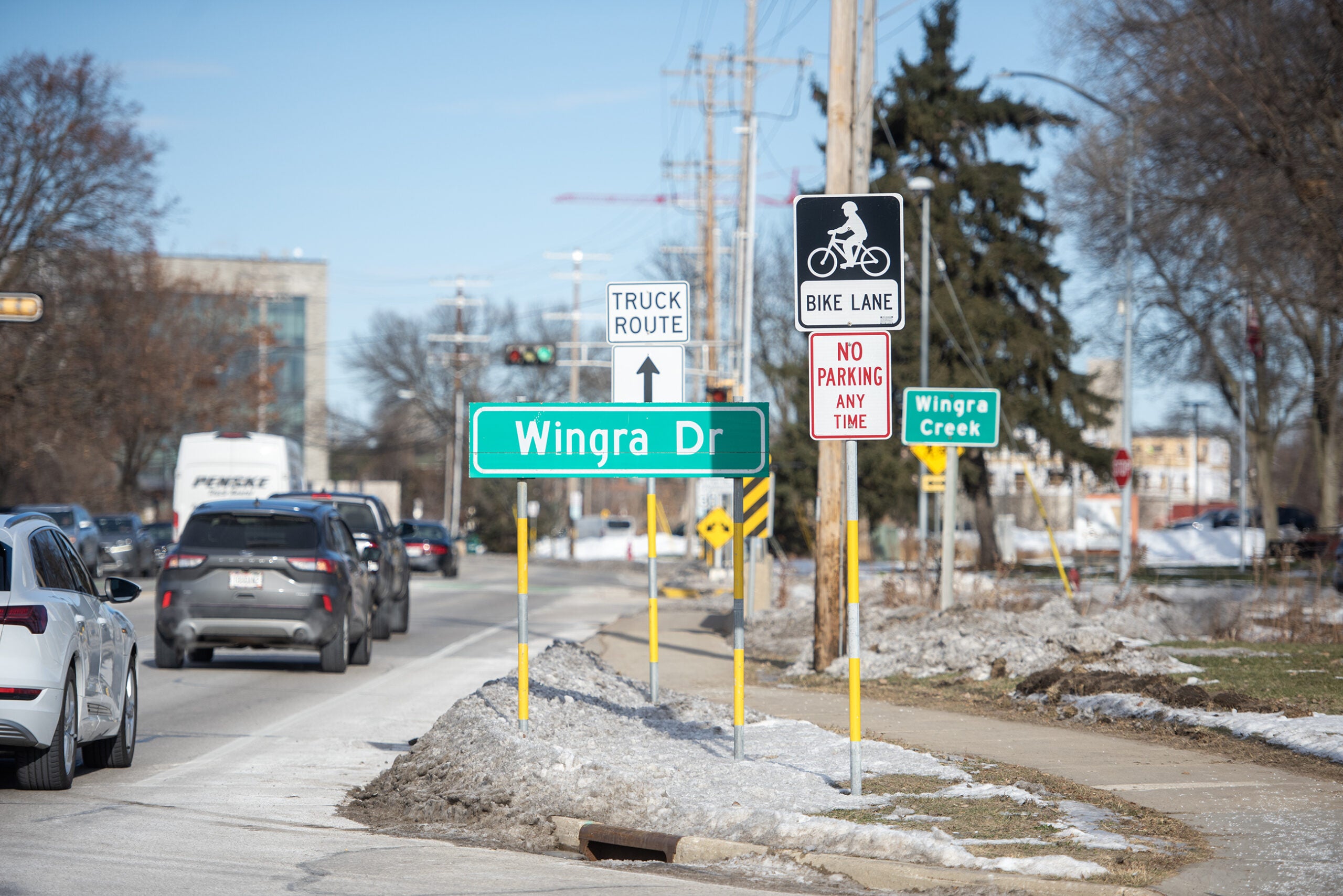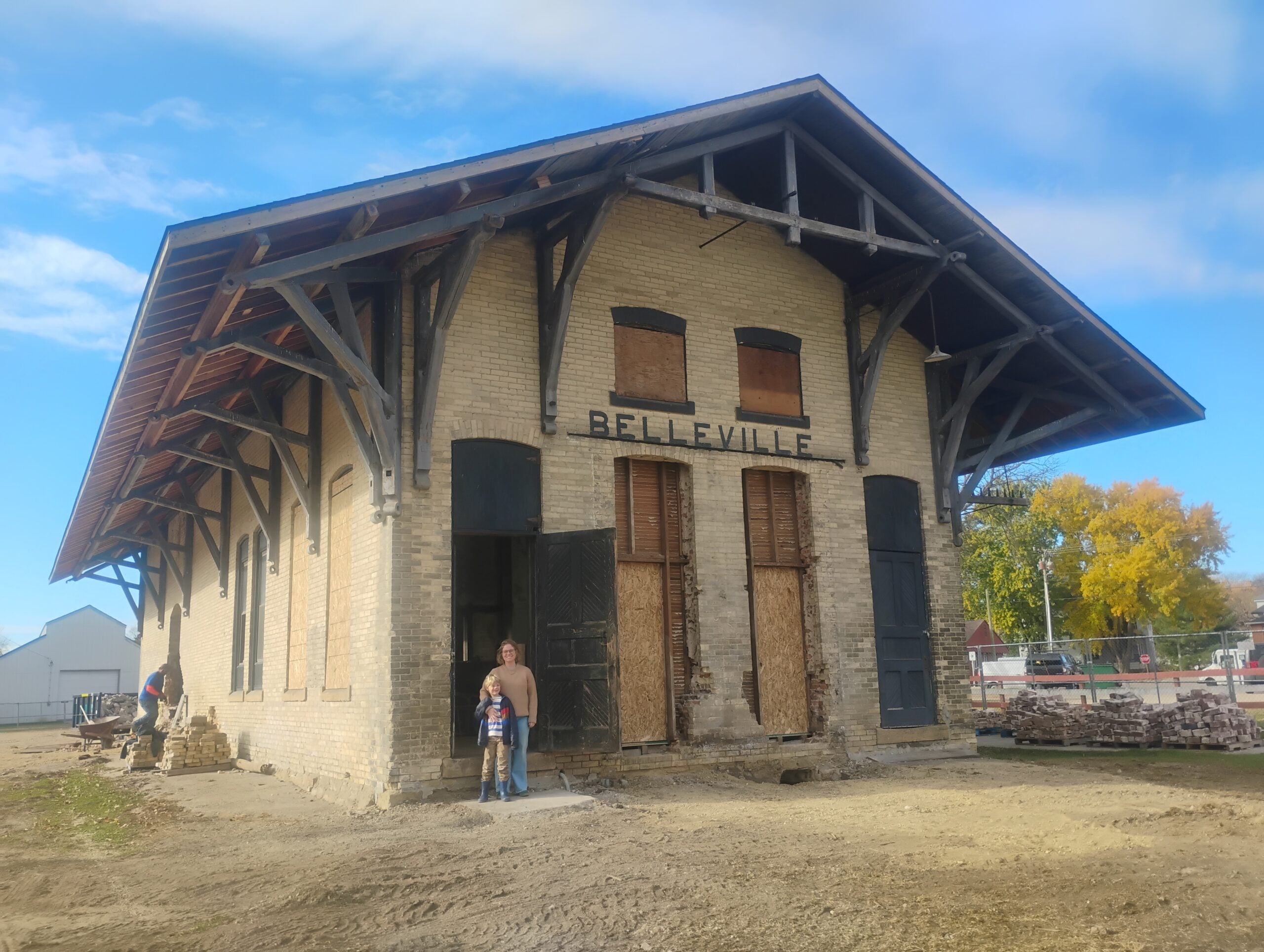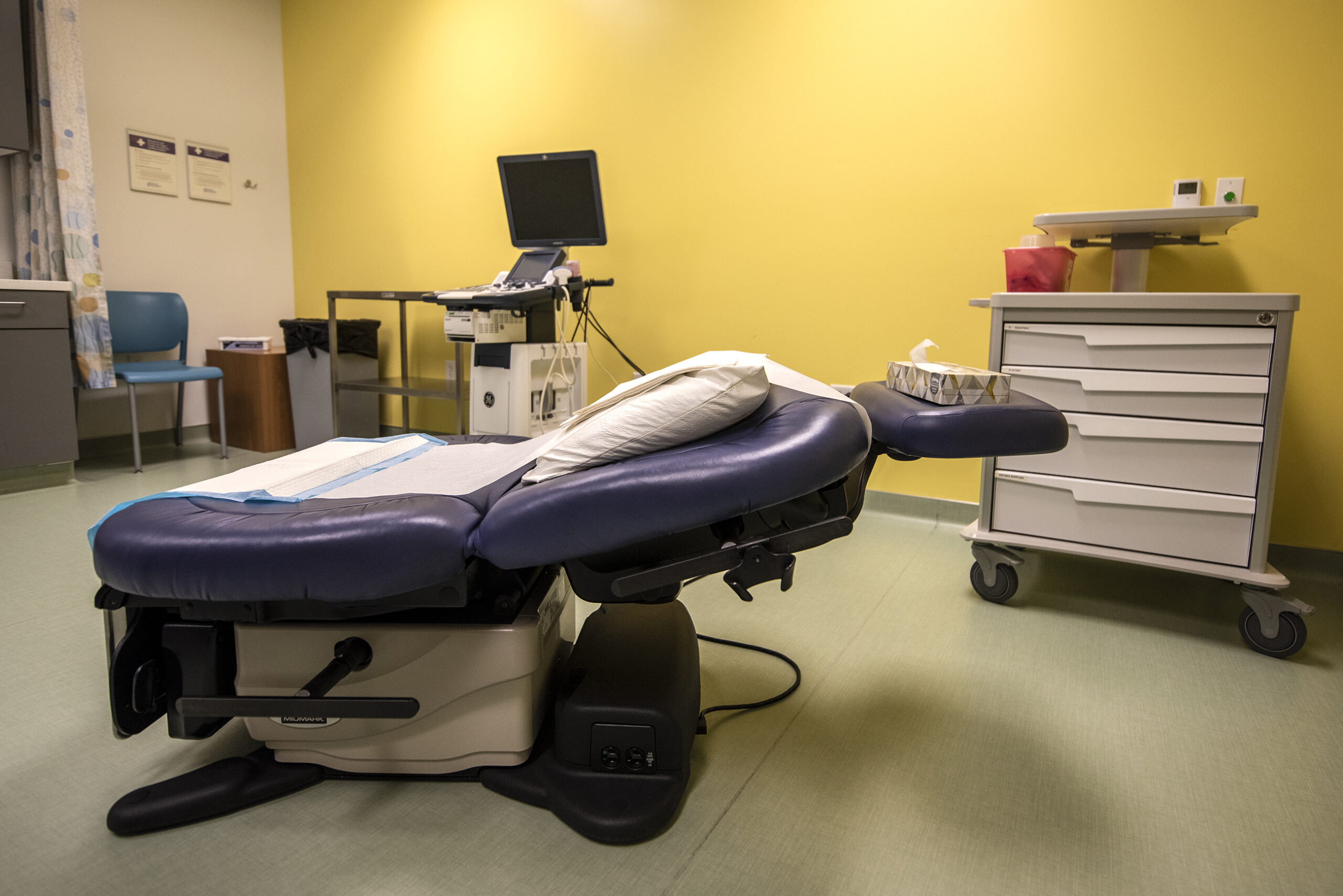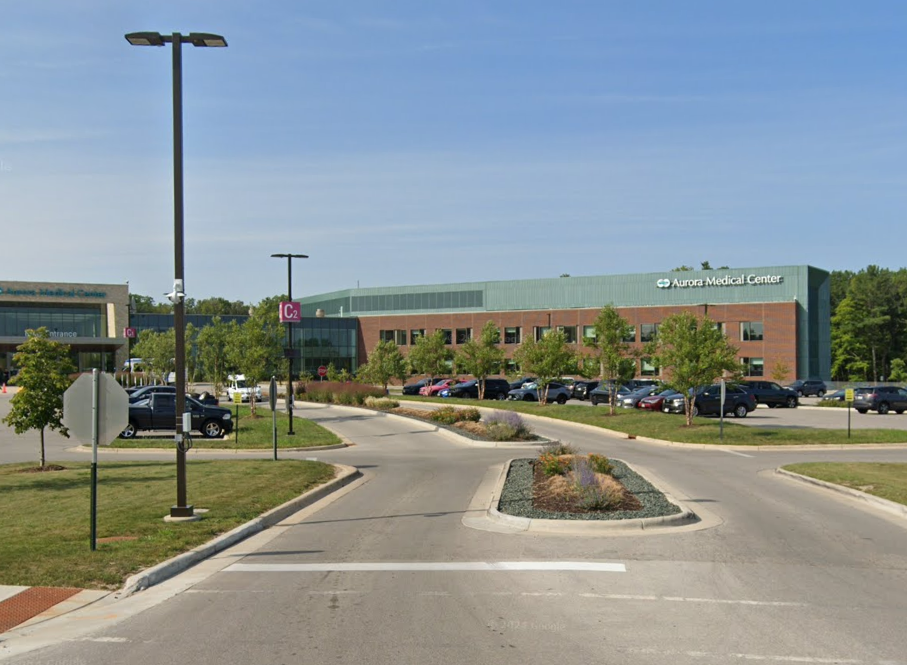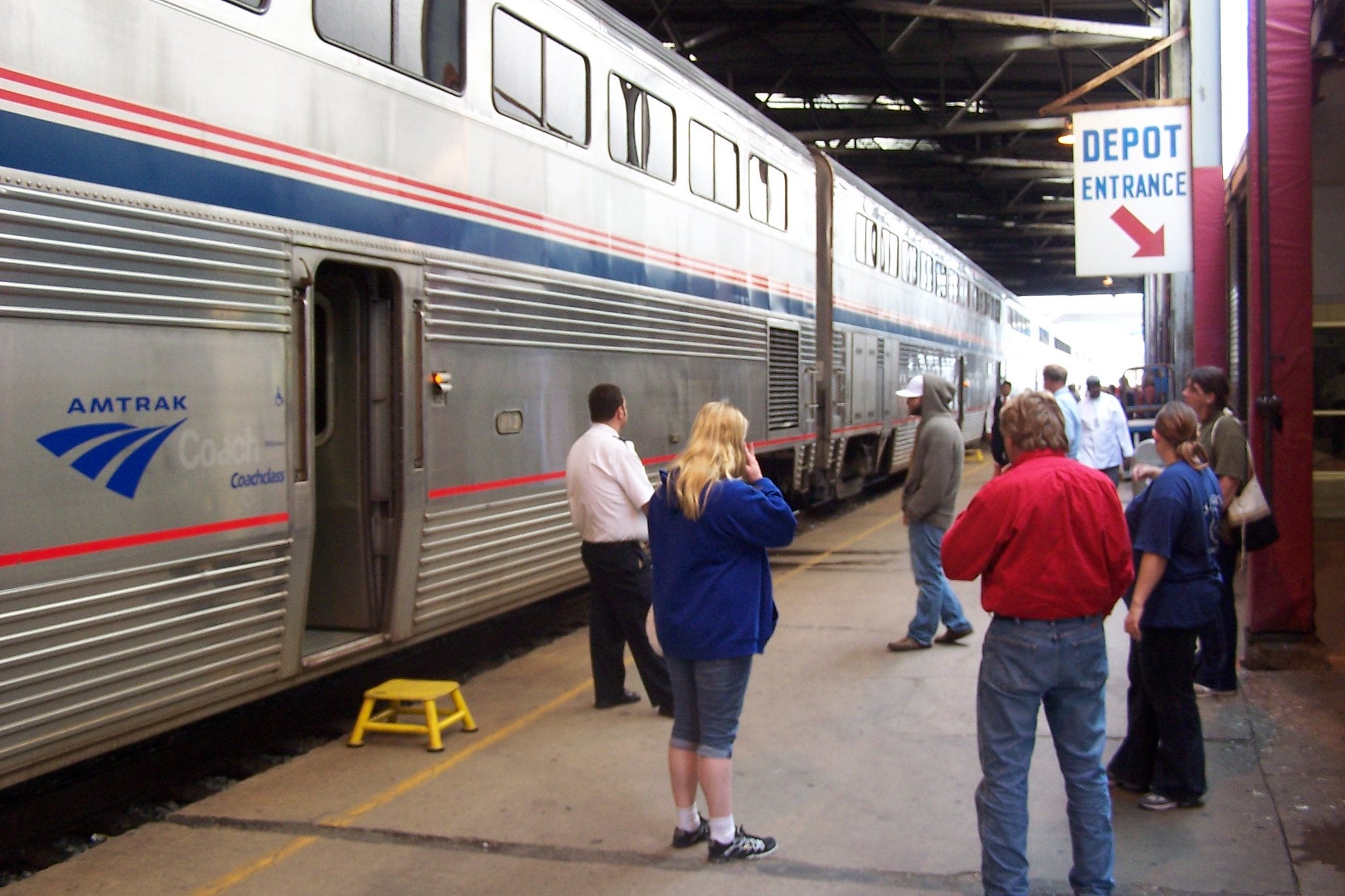A new Wisconsin Department of Transportation plan calls for connecting Madison to Milwaukee with a passenger rail line, as well as expanding rail service to eleven Wisconsin communities, including in the Fox Valley region.
The 2050 rail plan, released by the department Tuesday, forecasted that if several lofty rail expansion proposals were approved, annual ridership would increase from over 1.1 million riders in 2024, to over 3.3 million in 2050. But, that assumes all the projects within the plan would be approved by state lawmakers.
Connecting Milwaukee to Madison with a passenger rail line has long been discussed and debated at the state level. But Assembly Speaker Robin Vos, R-Rochester, said last year he would not support using any state funding for a train connecting the two cities. Vos could not be reached for comment Wednesday.
News with a little more humanity
WPR’s “Wisconsin Today” newsletter keeps you connected to the state you love without feeling overwhelmed. No paywall. No agenda. No corporate filter.
Lisa Stern, the chief of railroads and harbors at the Wisconsin Department of Transportation, said the rail plan is a federal requirement to ensure state rail projects are eligible for federal funding. The 2050 plan is an update to the 2030 rail plan. The department is also now seeking public feedback on the goals within the plan until June 10. After that, it’ll go to the Federal Railroad Authority for final acceptance.
“Once the plan is finalized, then those projects that are listed become eligible for potential federal funding in the future,” Stern said.
The state plan says the department will continue to search for new ways to improve rail service for Wisconsin residents. It comes after the Bipartisan Infrastructure Law provided $102 billion for improvements to passenger rail in the next five years.
“It’s very challenging … to develop new transportation corridors of any type, so part of it (2050 plan) is helping the department and the state determine where we want to put our funds for preservation and improvement,” Stern said.
The report noted that Wisconsin’s urban and suburban areas are growing, while the population in rural areas is declining.
“As urban areas grow, the desire and viability of passenger rail connecting urban areas within and outside of Wisconsin are likely to increase,” the report said. “The desire for commuter rail within urban areas is also likely to increase as these populations grow.”
Watertown, Madison, Granville, West Bend, Fond du Lac, Oshkosh, Neenah, Appleton, Green Bay, Eau Claire and Menomonie are all cities that would benefit from the creation of an inter-city rail system in the state, according to the report.
In 2010, Wisconsin got a federal grant to build a high-speed rail line between Madison and Milwaukee. But former Wisconsin Gov. Scott Walker, a Republican, successfully blocked it from becoming a reality.
Studies or projects to start passenger rail service, connecting Madison, Watertown and Waukesha County to Milwaukee, Chicago, and/or Minneapolis/St. Paul have been included in state and regional plans for over three decades, the report said.
The Fox Valley is the third-largest metropolitan area in Wisconsin, but that area does not currently have intercity passenger rail service and is only served by Amtrak’s Thruway Interstate-41 bus service.
Officials in seven northeast Wisconsin cities in December asked federal authorities to consider creating an Amtrak passenger rail line from Milwaukee to Green Bay. Municipal leaders requested the region be incorporated into the federal administration’s Corridor Identification and Development program, an initiative included in the Bipartisan Infrastructure Law that aims to identify new passenger-rail corridors.
The 2050 plan also mentions the Southeastern Wisconsin Regional Planning Commission (SEWRPC) 2050 long range transportation plan, which has similar lofty goals for the state when it comes to increasing rail service.
Benjamin McKay, the interim executive director at SEWRPC, said the commission uses long-term plans from the Wisconsin Department of Transportation as part of its planning. McKay said the commission’s 2050 plan also calls for the creation of a rail service connecting Milwaukee to Madison.
“Providing those alternatives makes Southeastern Wisconsin a more attractive destination for new residents, labor force and employers and as well, it would have a benefit for Madison in the same regard — better connections between the fast-growing Dane County and Madison area and the economic hub of Southeastern Wisconsin and the Milwaukee area,” McKay said,
Wisconsin Public Radio, © Copyright 2026, Board of Regents of the University of Wisconsin System and Wisconsin Educational Communications Board.

